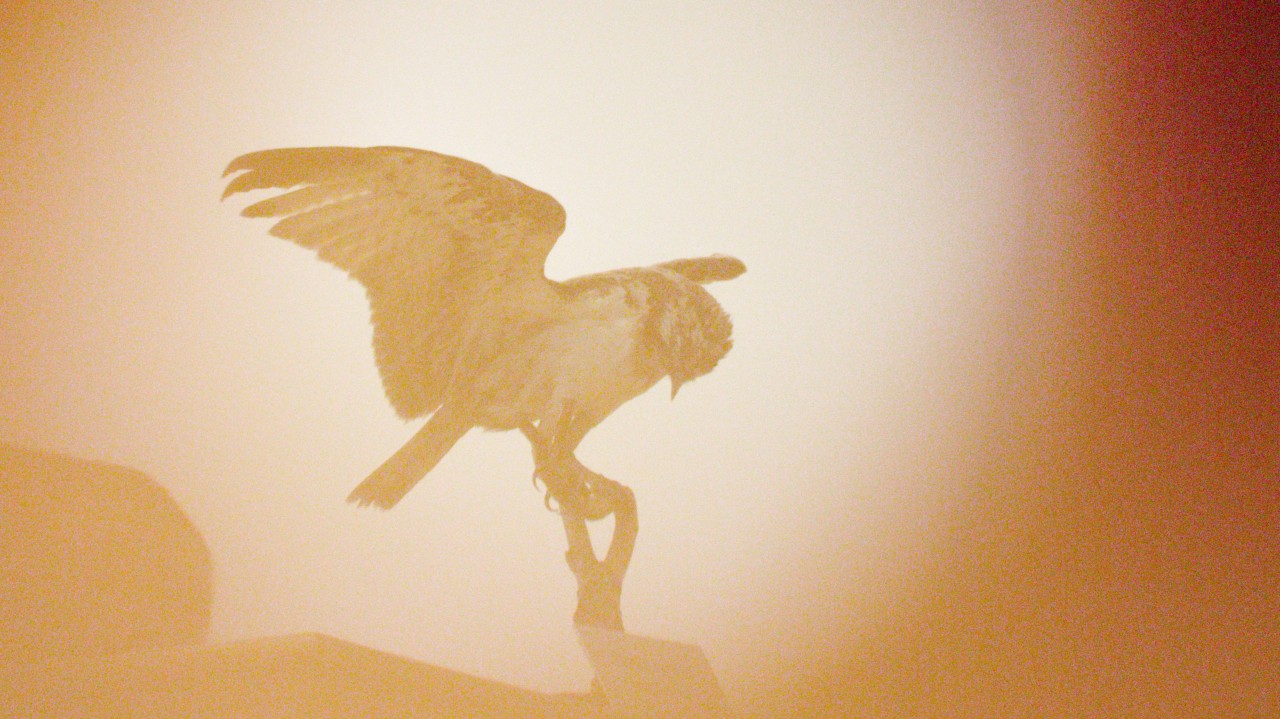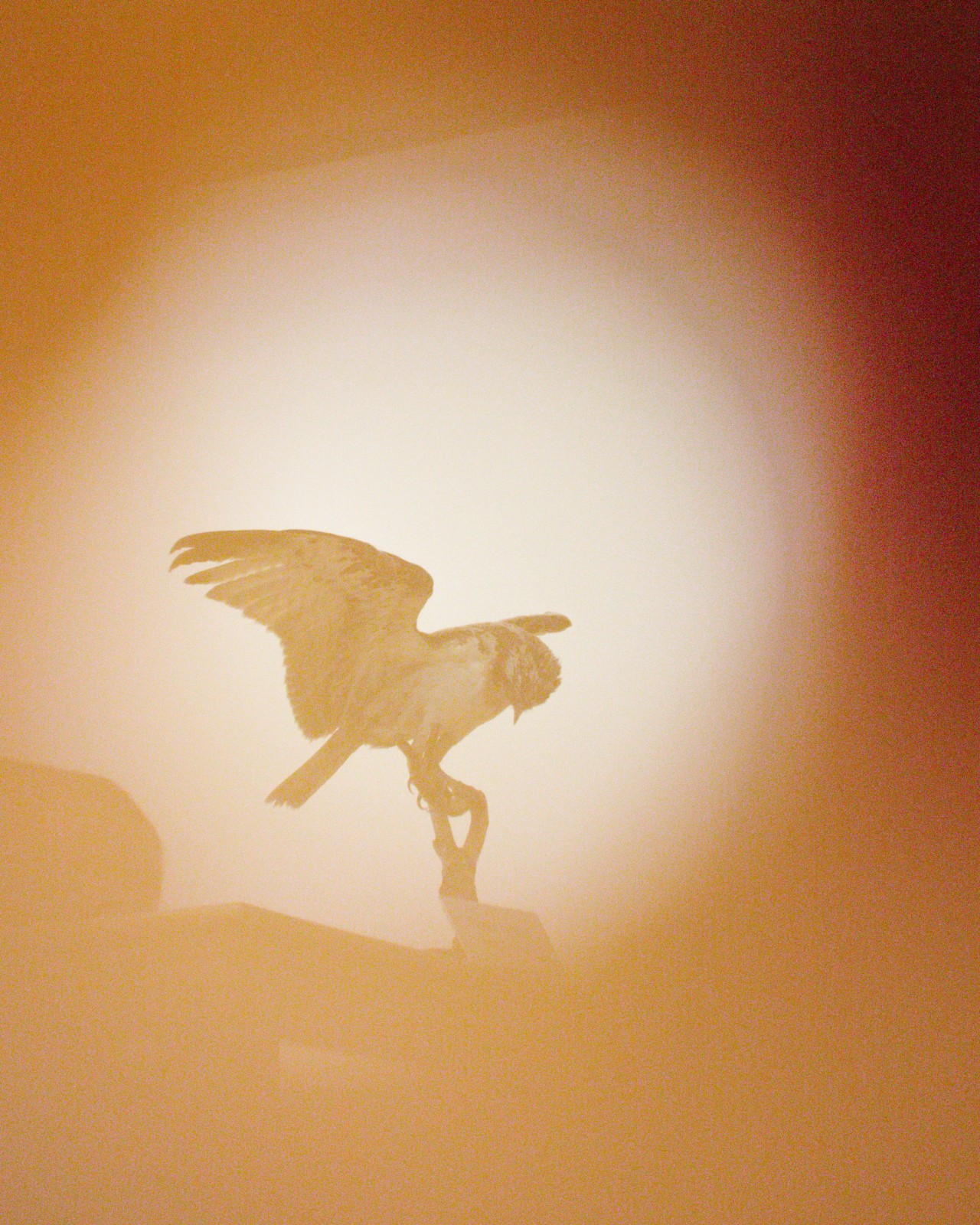

Photograph by Ira Grünberger / Connected Archives
words by willow defebaugh
“Tomorrow, the birds will sing. Be brave. Face life.”
—Charlie Chaplin
On a weekend in the woods out of the city, a friend kept her binoculars fixed upon the sky, pointing out the yellow rumped warblers, white throated sparrows, and black capped chickadees as they flew past. Among them were also a few raptors, the name for birds that hunt other animals and are classified as apex predators. Also called birds of prey, these winged warriors include eagles, hawks, falcons, owls, and vultures—each with their own unique gifts.
Among the largest birds to roam the skies, eagles boast an impressive 7-8 foot wingspan. Due to this bulky size, rather than speed, eagles rely on strength to hunt—overwhelming foes on the ground. With sharp beaks and hooked talons, most make prey of fish, rodents, smaller birds, and rattlesnakes. Harpy eagles in South America and the South Pacific even hunt small monkeys and sloths, while Africa’s martial eagles are capable of taking down small antelope and jackals.
Meanwhile, hawks are renowned for their sight, keen eyes allowing them to spot prey from great heights—and then swoop in and snatch them up. However, their swift aerial maneuvers extend to more than hunting. When mating season arrives, male red-tail hawks can be spotted circling and plunging into deep dives in order to attract a female. Once a mate is found, the two birds engage in a dance, gripping one another’s talons and then falling in a spiral toward the Earth below.
Falcons have their own gift: speed. They have been recorded hitting speeds of 242 miles per hour while diving for prey, arguably making them the fastest animal on Earth. This is thanks to their aerodynamic torso and pointed wings, along with their ability to beat their wings four times per second. And they have been lending such skills to humans for thousands of years; the oldest instances of falconry date back at least 3,500 years to ancient Mesopotamia and Mongolia.
Owls on the other hand have been blessed with stealth. Most species hunt in the dark, their expert night vision and sensitive hearing allowing them to pinpoint prey. If you’ve ever seen an owl’s eyes glow in the dark, it’s due to a reflective layer within their eyes that bounces off visible light—a trait called eyeshine. The real death blow, though, comes from their feathers; with tips that are soft instead of stiff, they are able to swoop in on silent wings.
Vultures have adapted an entirely different approach to finding food: scavenging. They consume primarily carrion—the flesh of dead animals—and have adapted remarkable digestive and immune systems that allow them to do so. And while this may have earned them a kind of macabre stigma, these birds provide immeasurable benefits to our species and others; cleaning up carcasses curbs carbon emissions as well as eradicates harmful bacterias and even plagues.
Whether strength, sight, speed, stealth, or scavenging, each bird of prey offers tools for us to draw upon when we need them. There is a time for muscling through and for relying on our keen eyes for discernment, just as there is a time for acting fast and diving headfirst. There is a time for quiet grace and there is a time for letting decomposition feed us. These moments in life that ask us to spread our wings and be brave are inevitable; the question is how we rise to meet them.
Birds of Prey